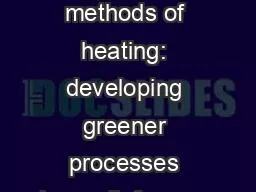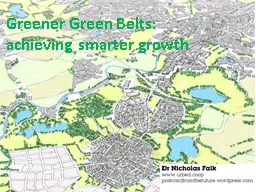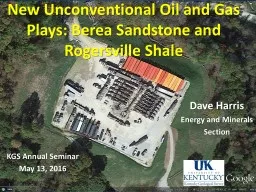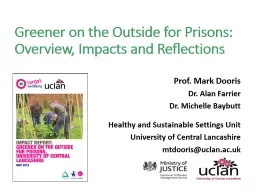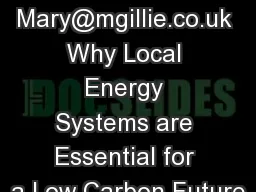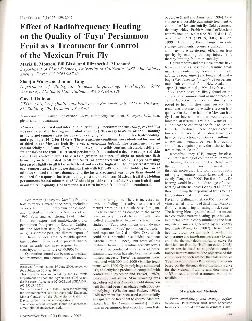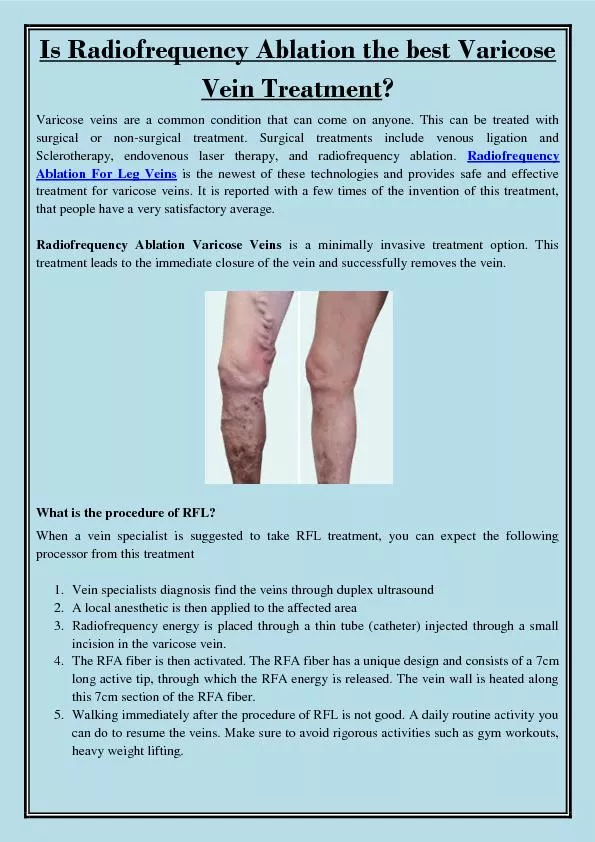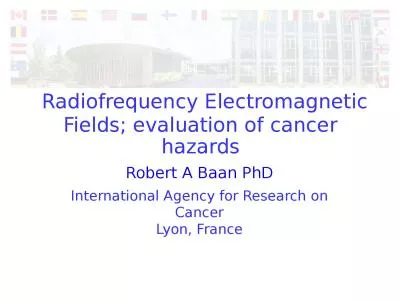PPT-Unconventional methods of heating: developing greener processes using radiofrequency
Author : eatfuzzy | Published Date : 2020-09-28
Duaa Raja ab Supervisors Javier FernandezGarcia a Ali Hassanpour a Jabbar Gardy a ChunYu Ho b a School of Chemical and Process Engineering University of
Presentation Embed Code
Download Presentation
Download Presentation The PPT/PDF document "Unconventional methods of heating: devel..." is the property of its rightful owner. Permission is granted to download and print the materials on this website for personal, non-commercial use only, and to display it on your personal computer provided you do not modify the materials and that you retain all copyright notices contained in the materials. By downloading content from our website, you accept the terms of this agreement.
Unconventional methods of heating: developing greener processes using radiofrequency: Transcript
Download Rules Of Document
"Unconventional methods of heating: developing greener processes using radiofrequency"The content belongs to its owner. You may download and print it for personal use, without modification, and keep all copyright notices. By downloading, you agree to these terms.
Related Documents

